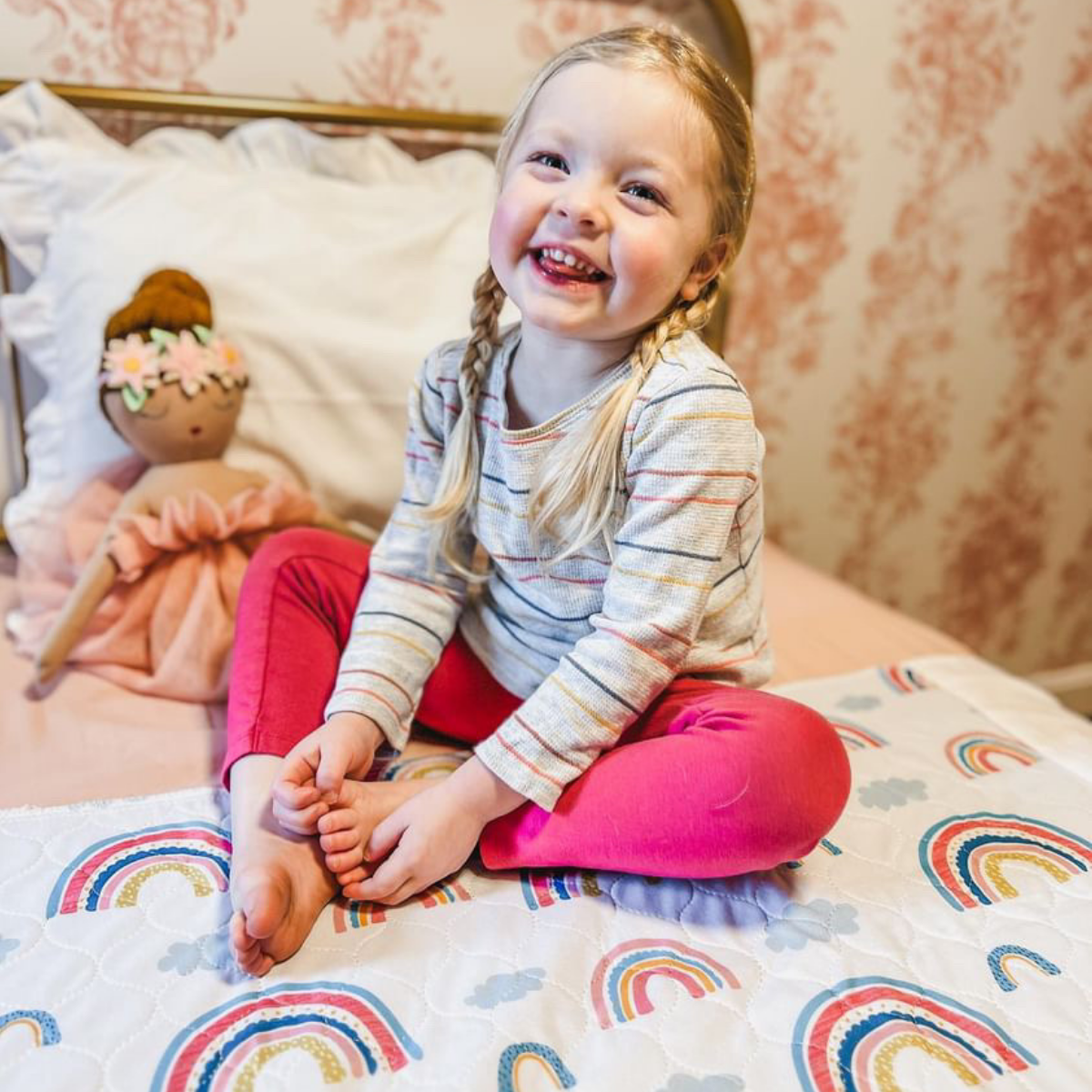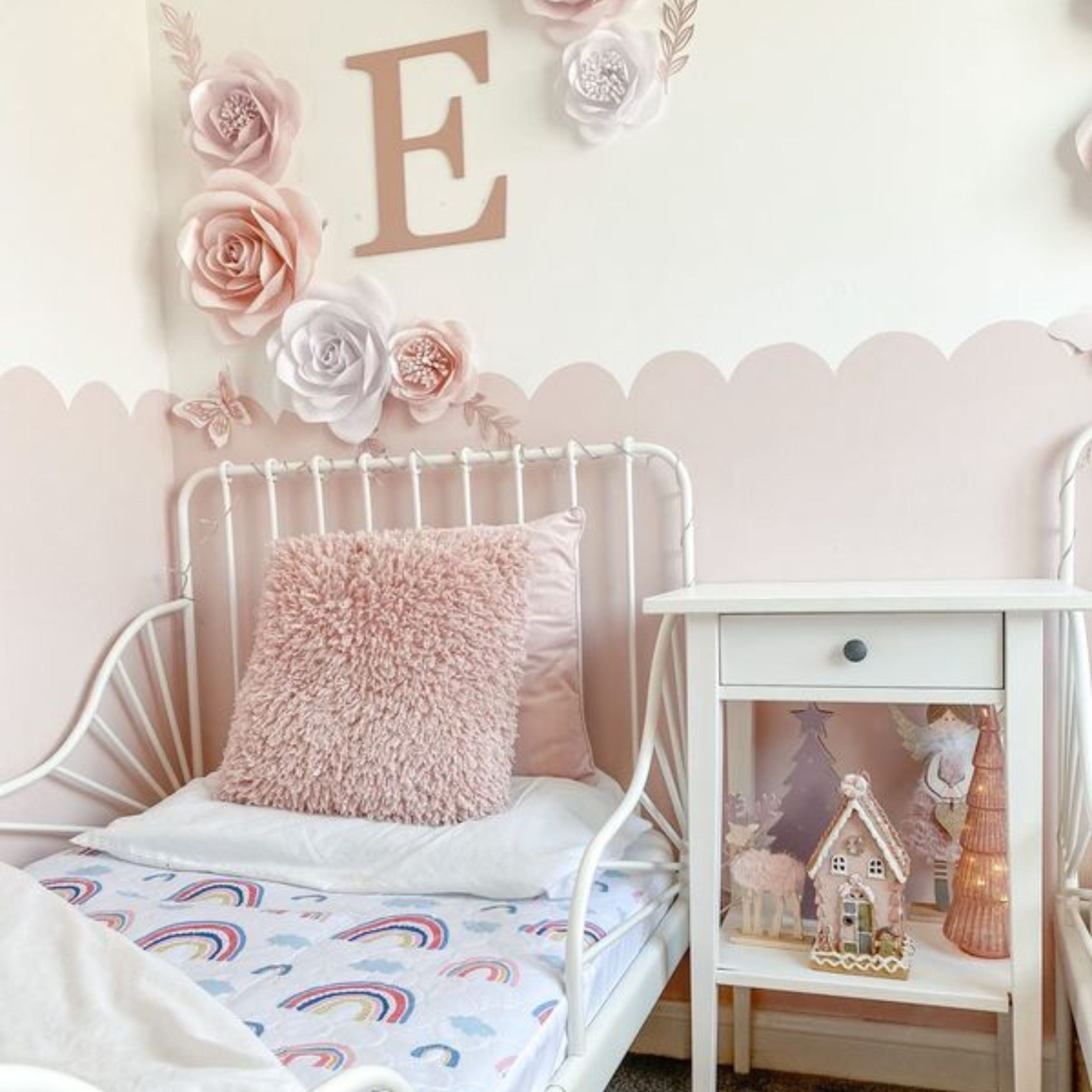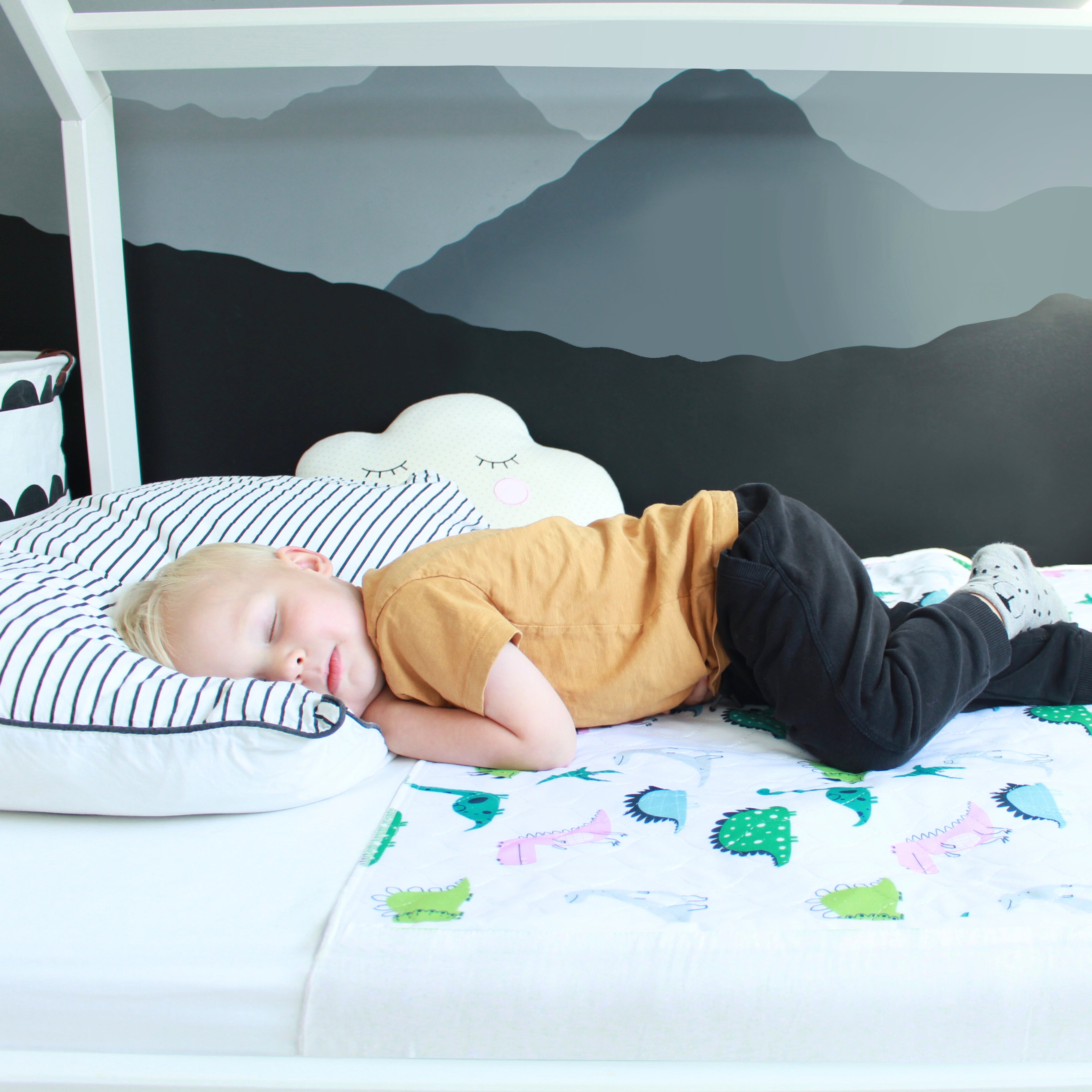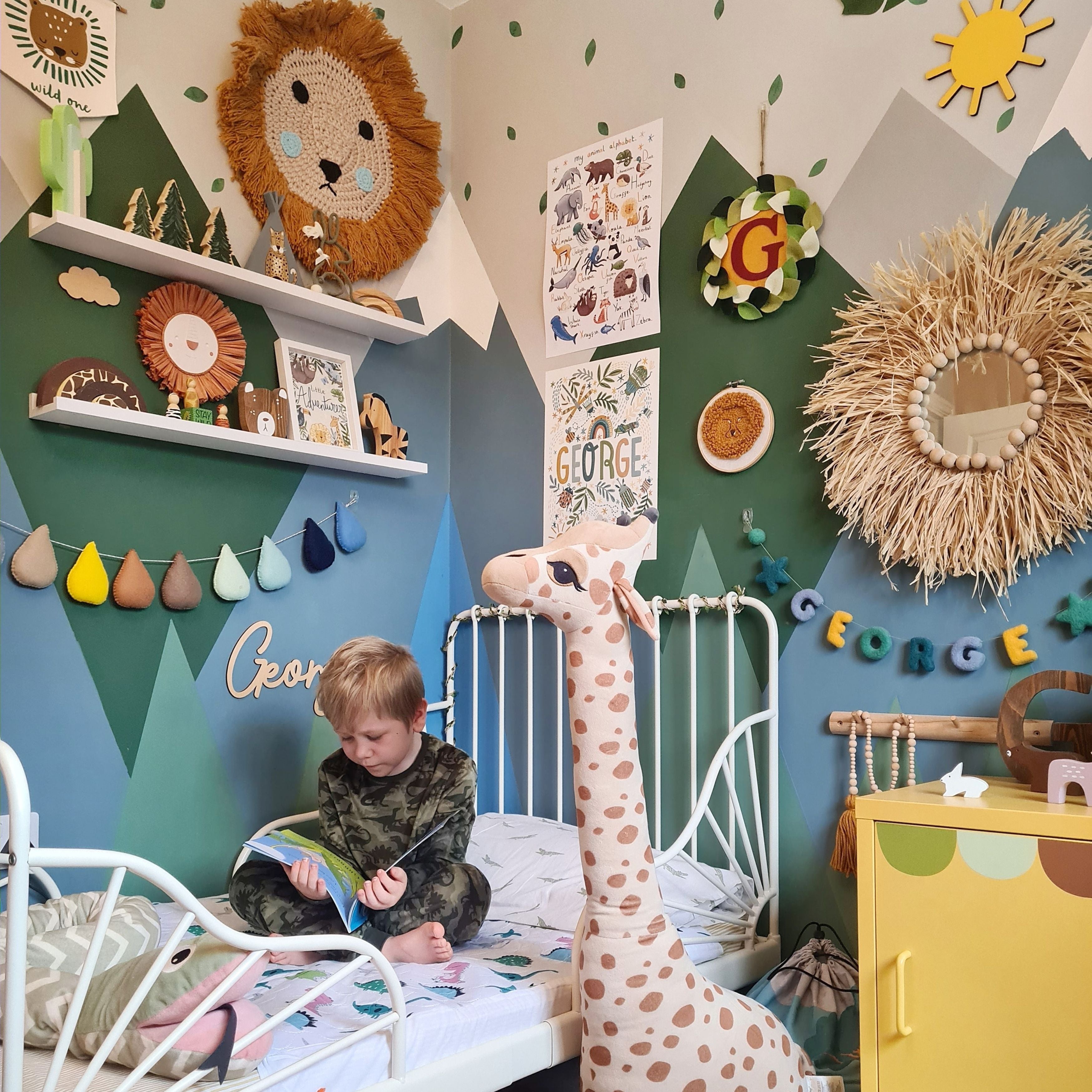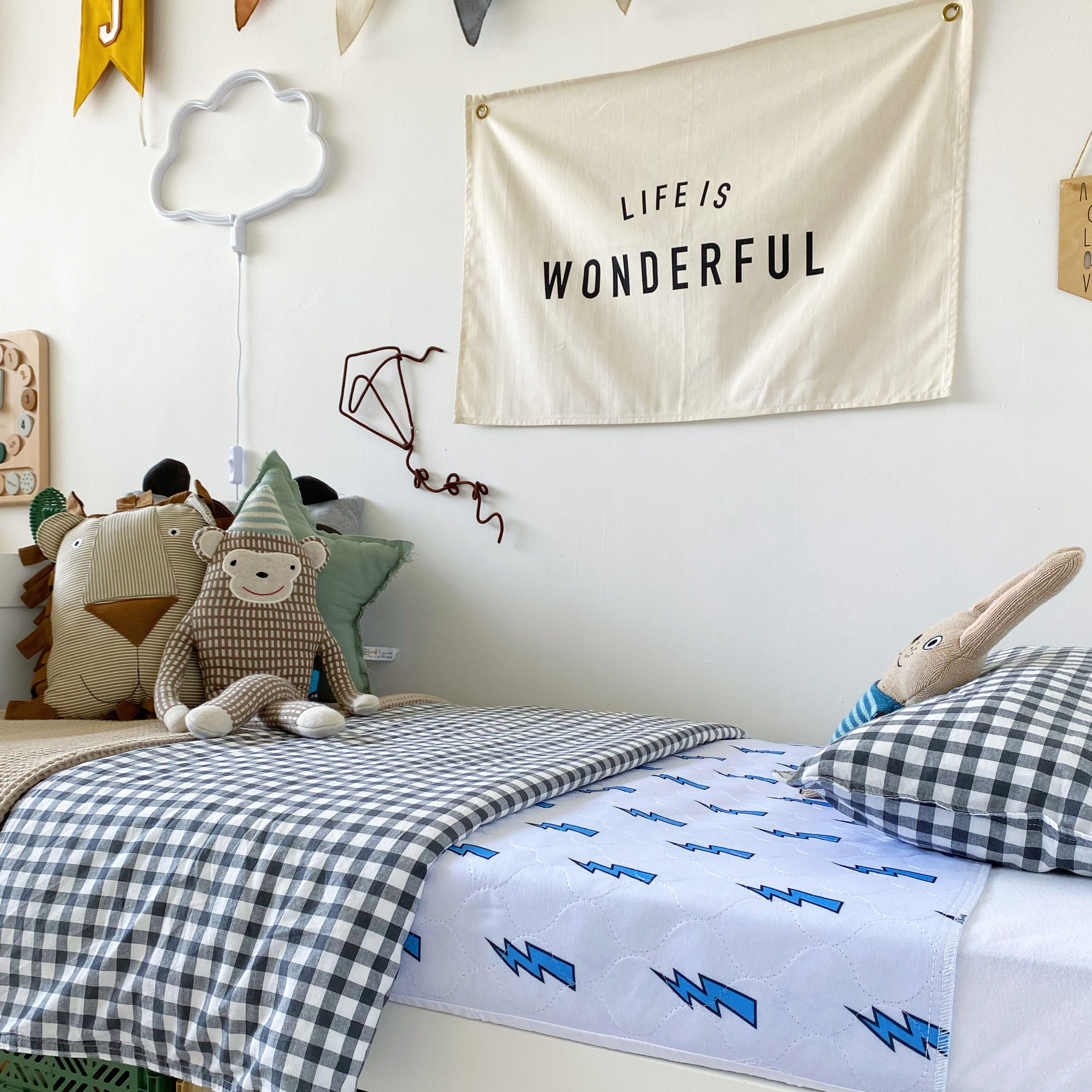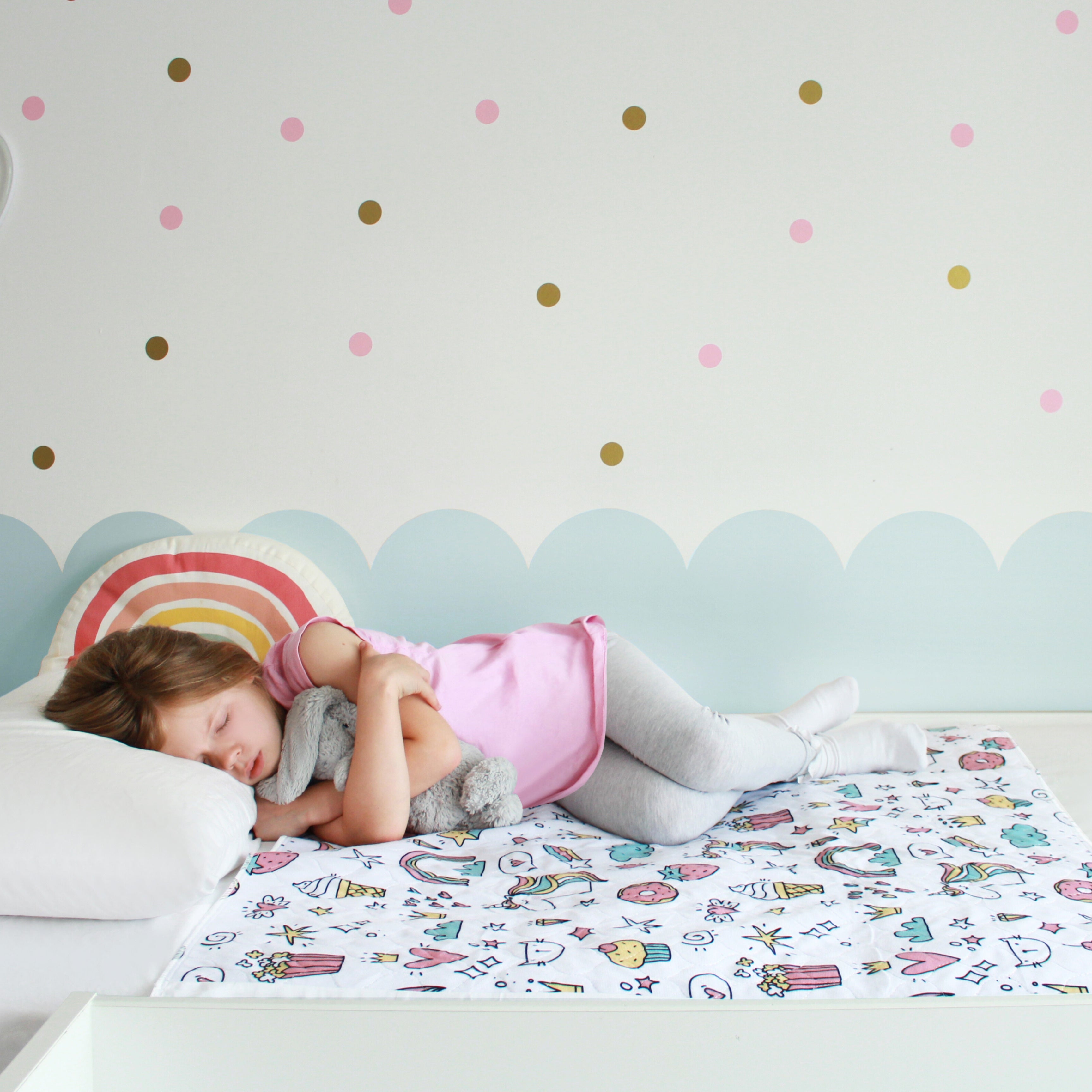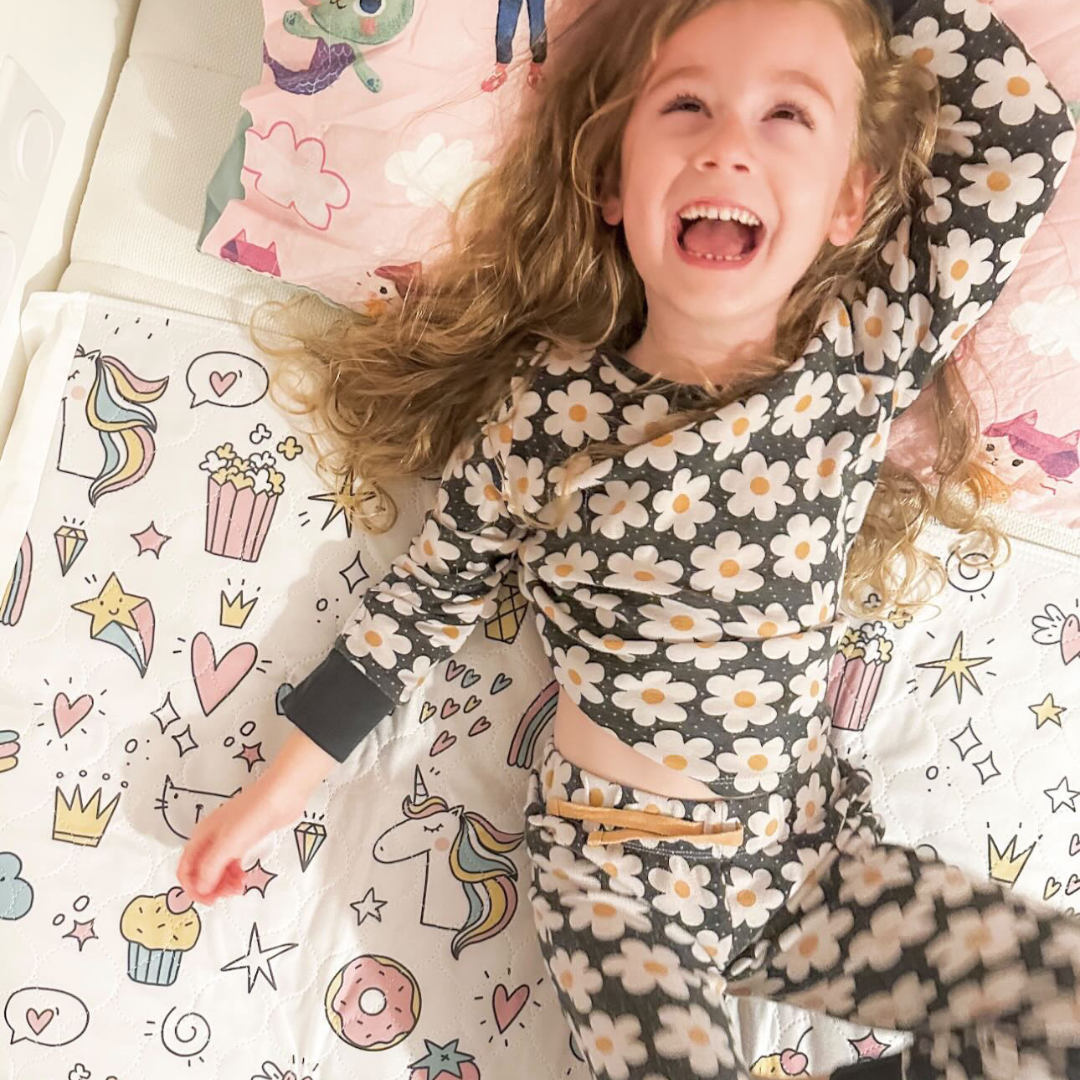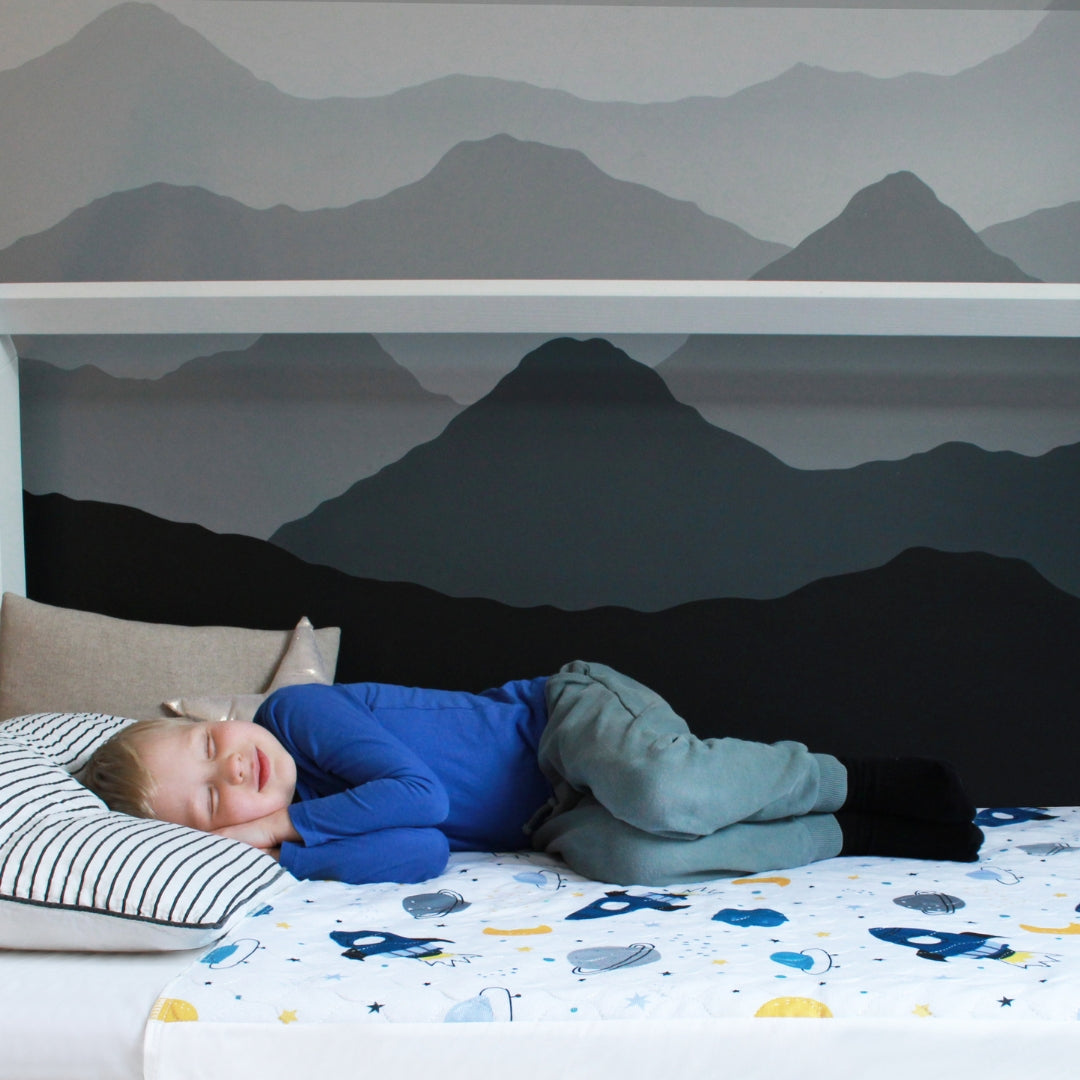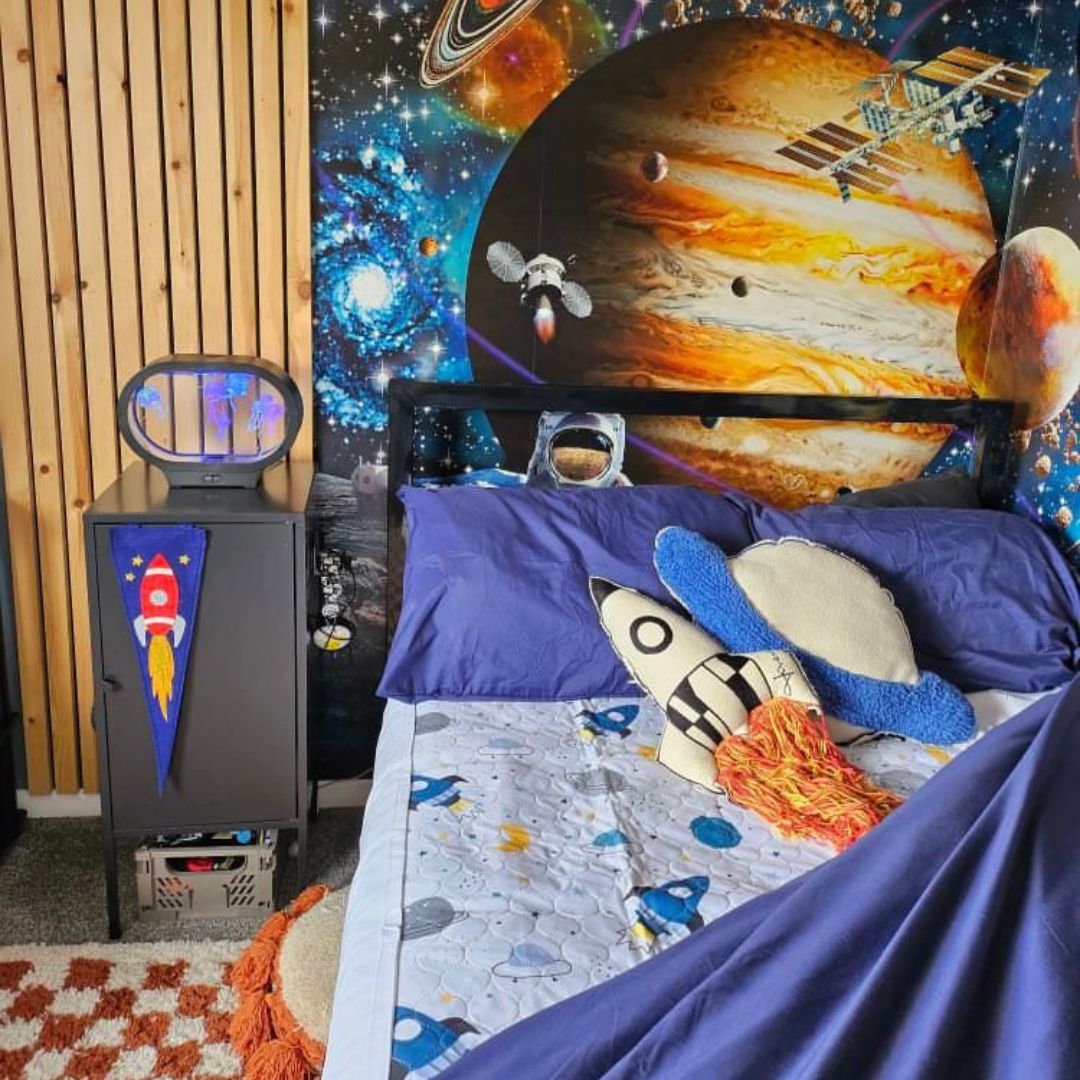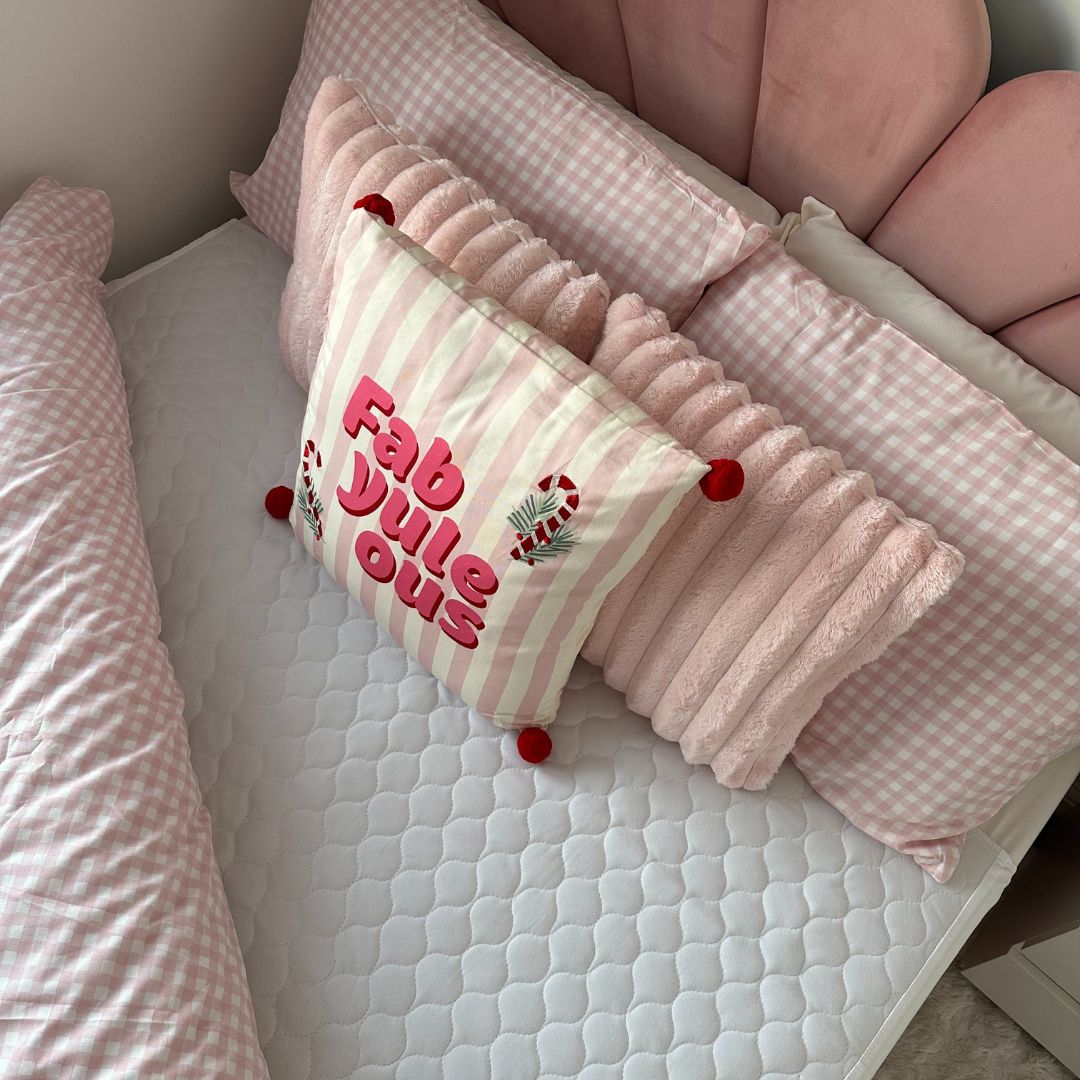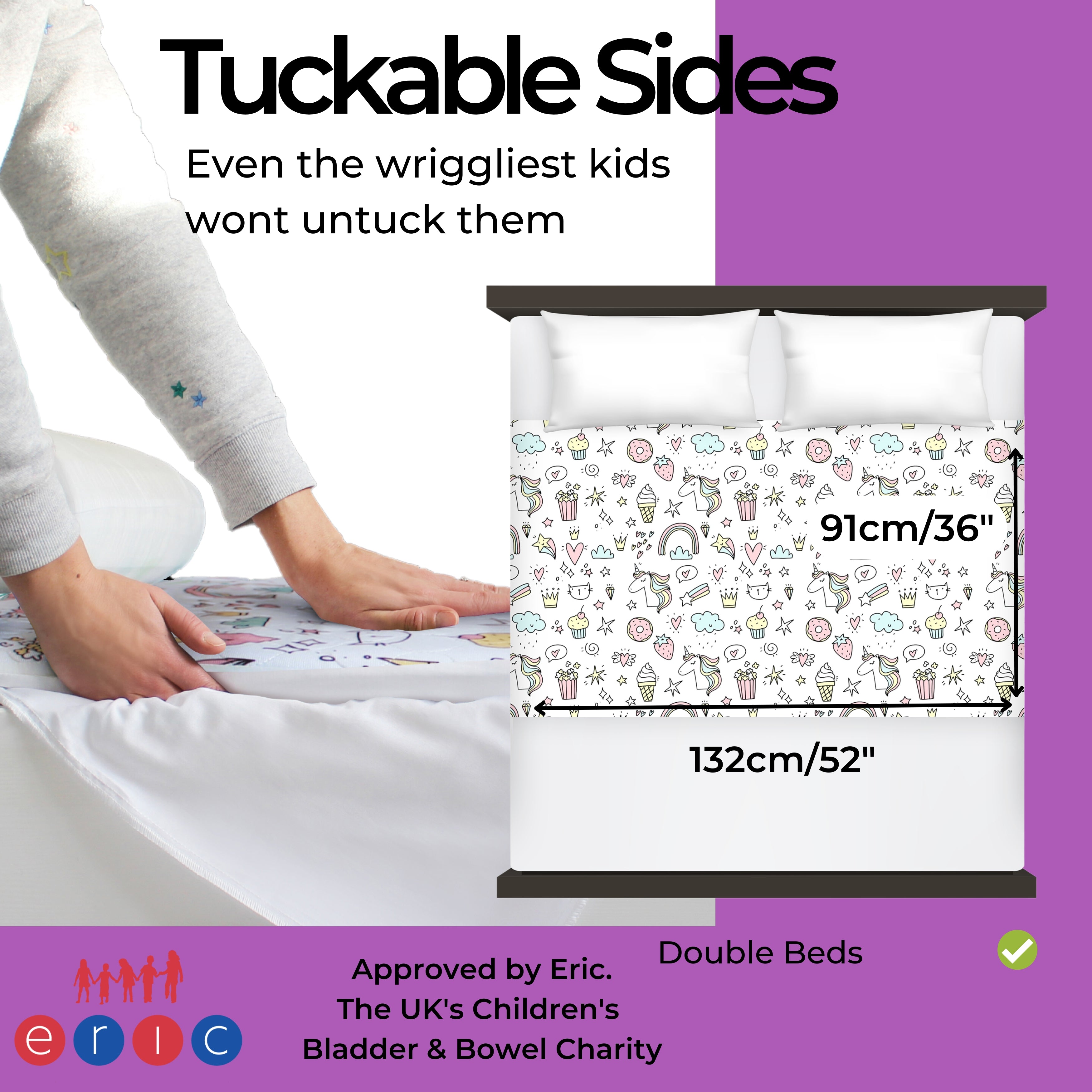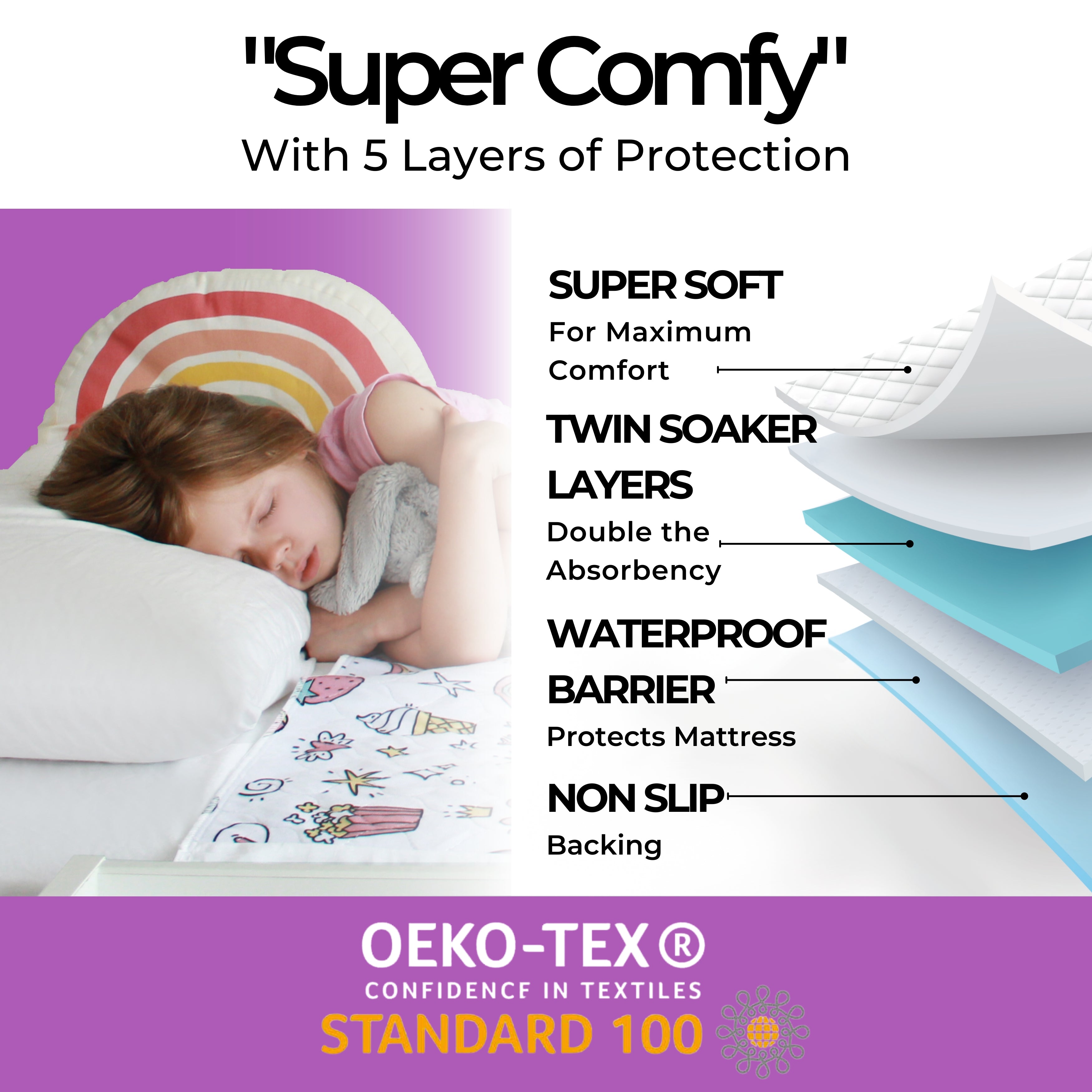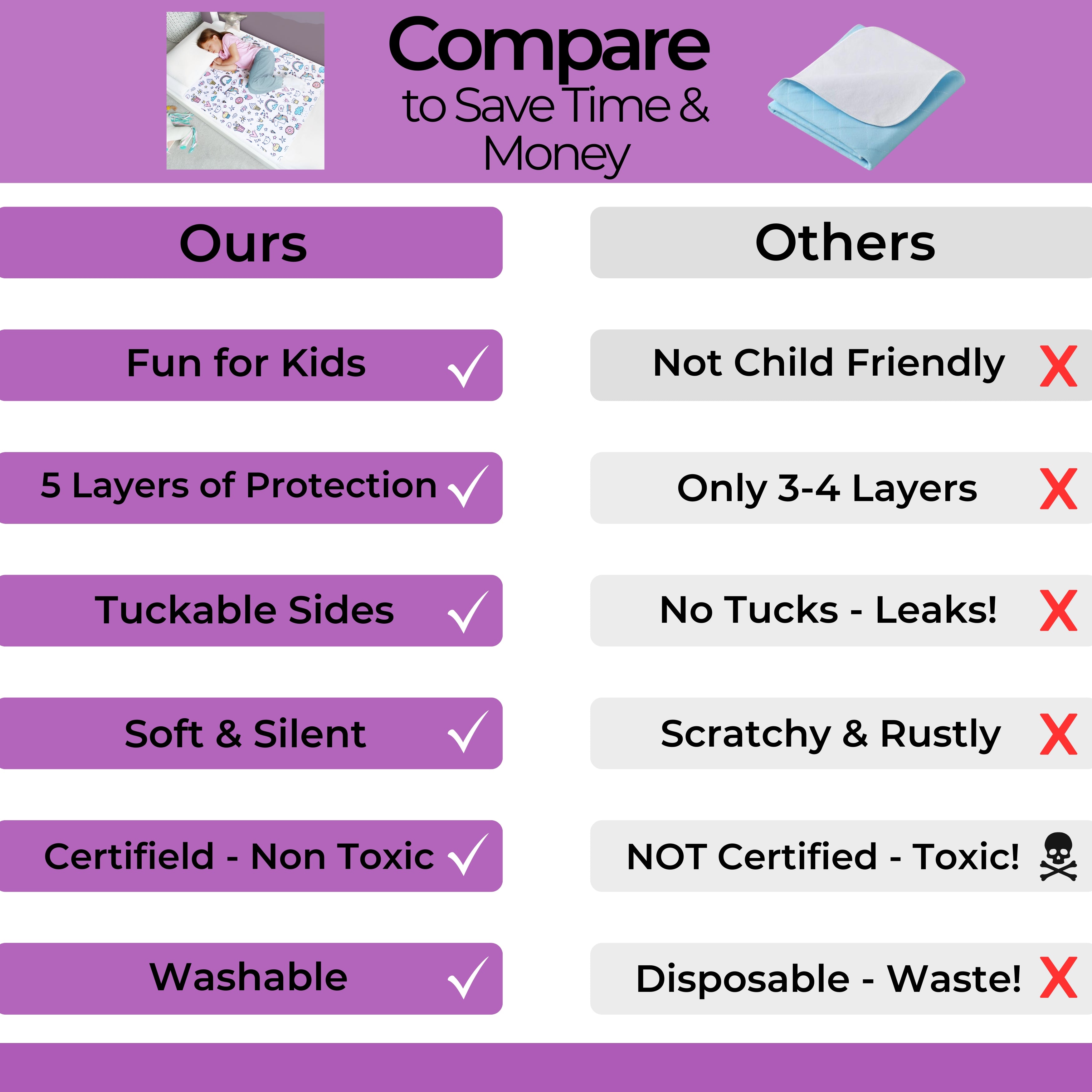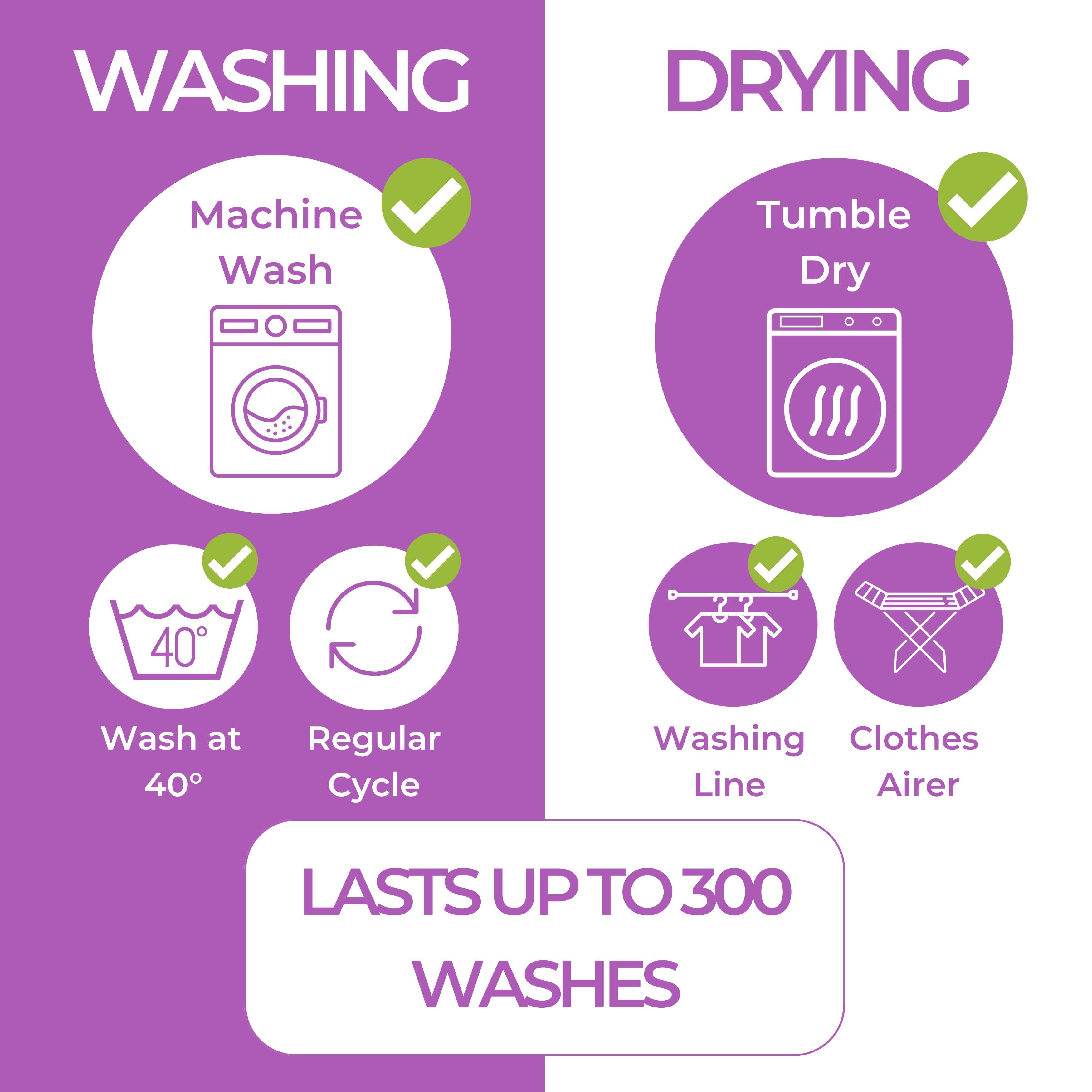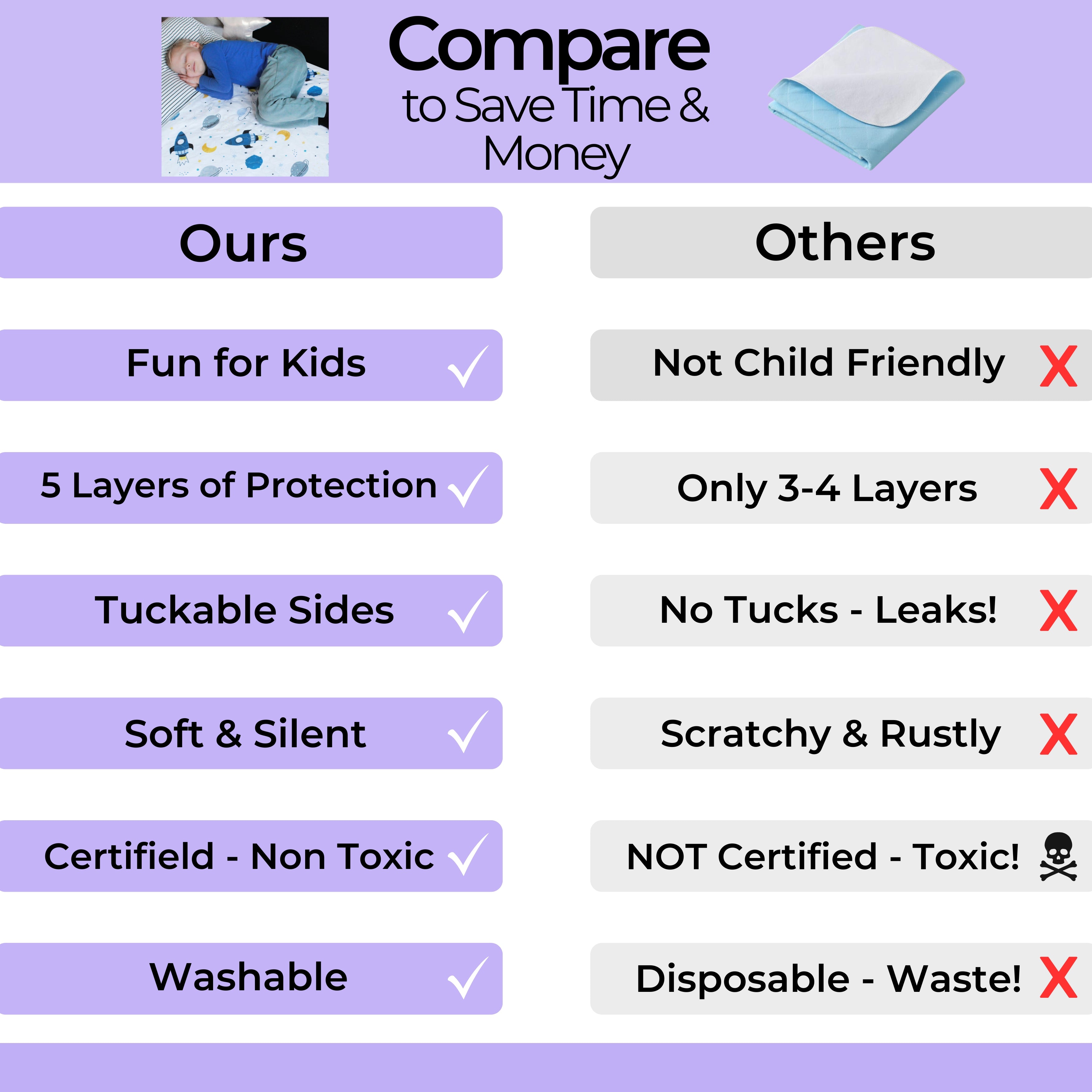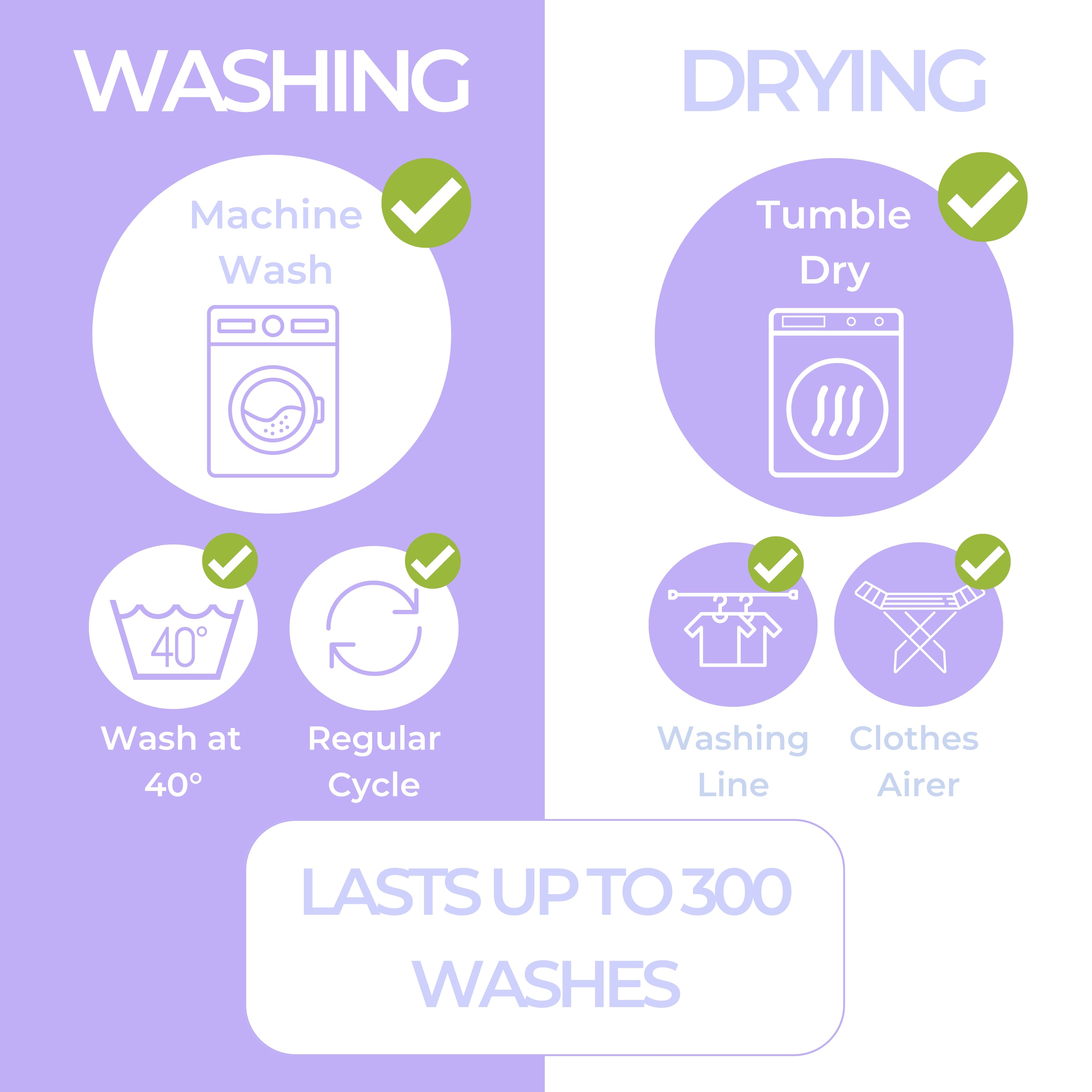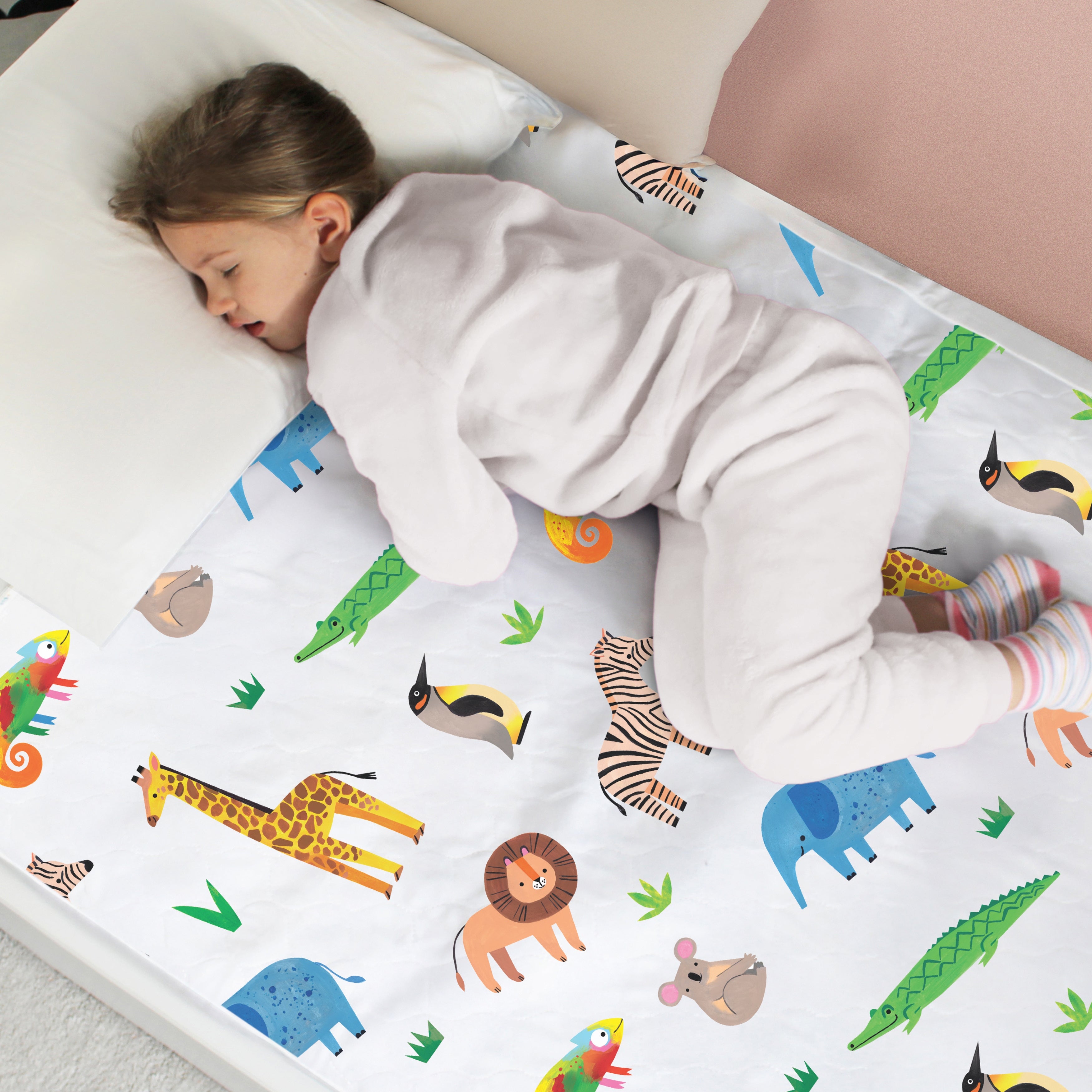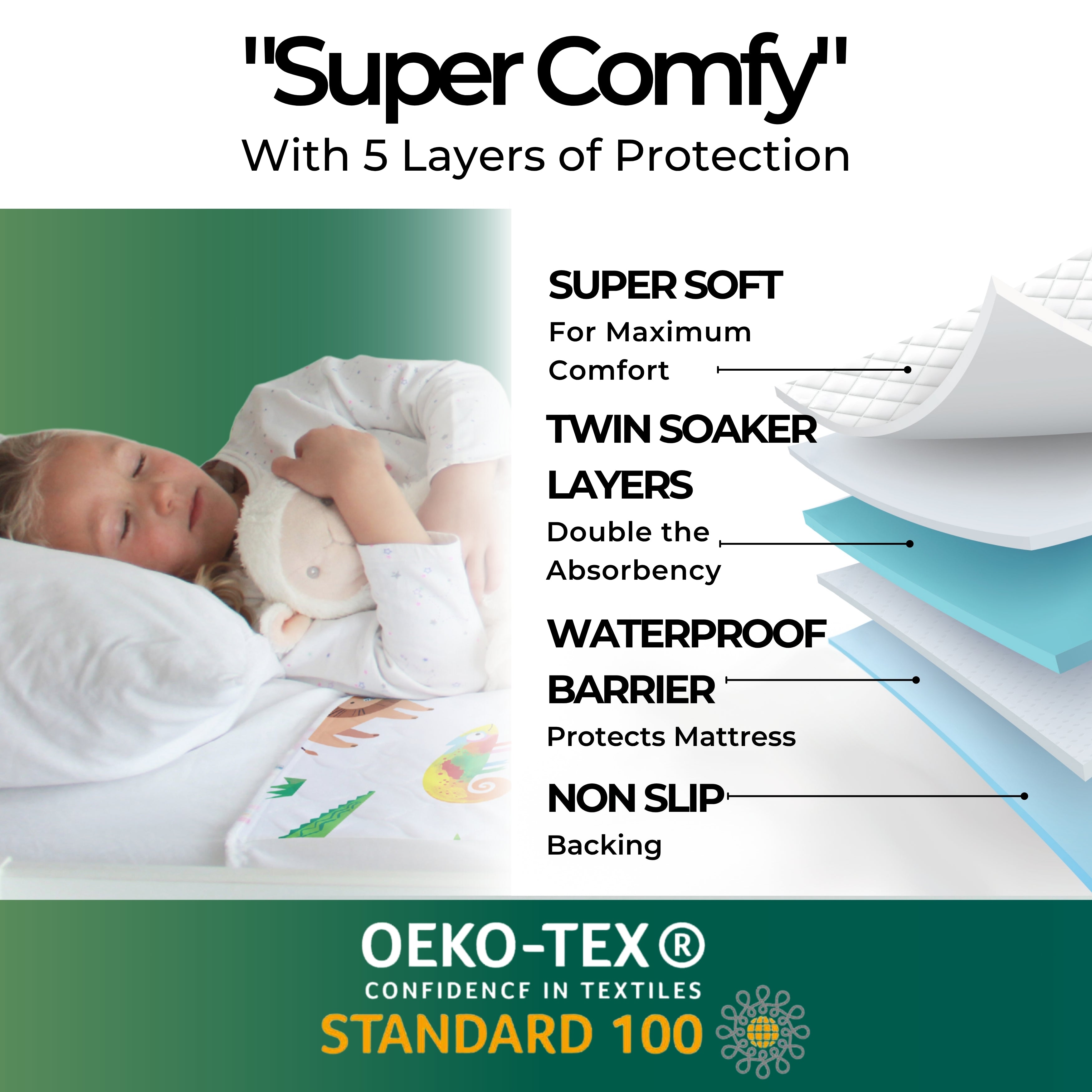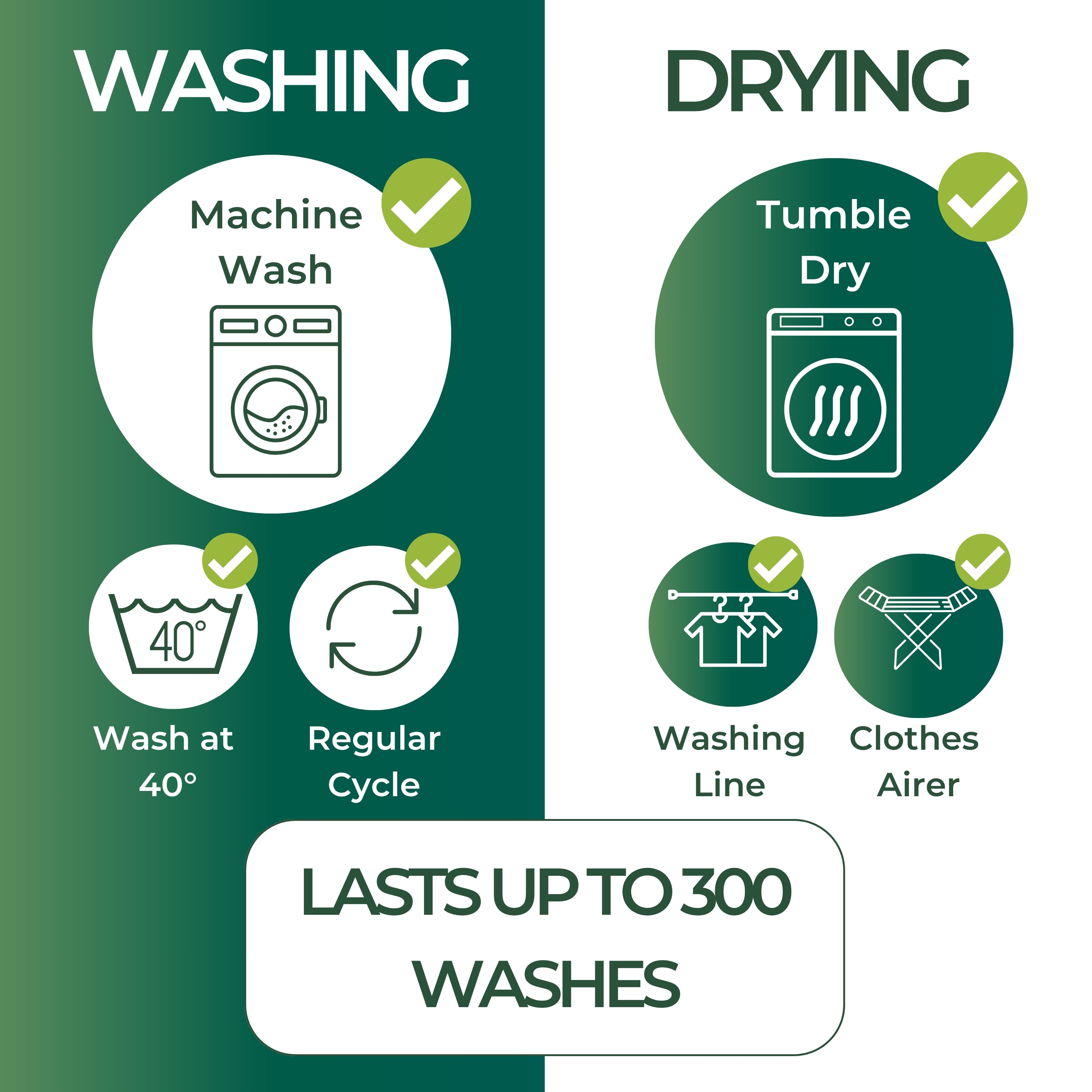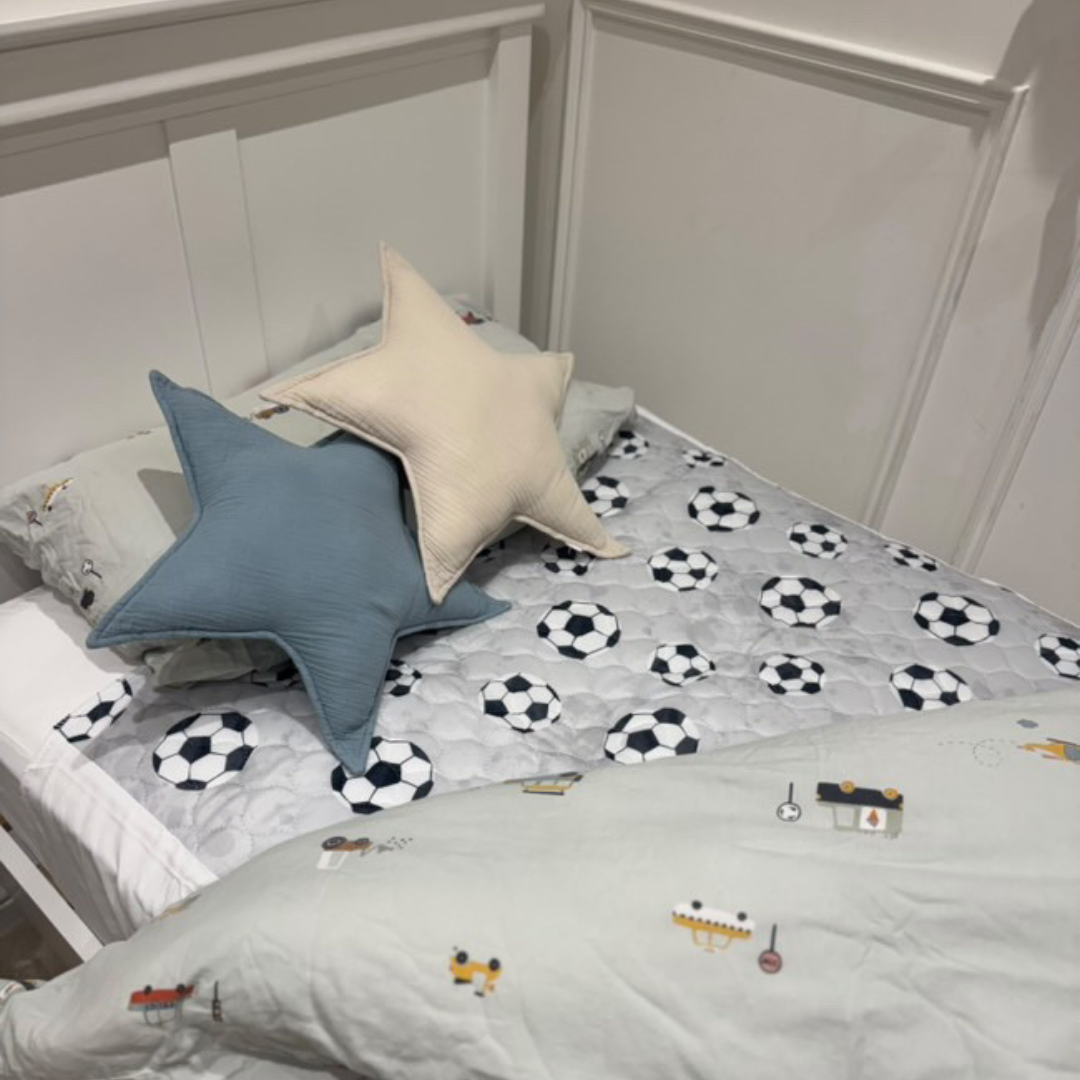When it comes to potty training, most of us think about timing, consistency, and praise. But one factor that’s often overlooked and rarely spoken about is toilet position. How your child actually sits on the potty or toilet. Believe it or not, the way your little one positions their body can make a huge difference in how easily and comfortably they’re able to poo. Poor posture can even contribute to constipation, and because a backed-up bowel can press on the bladder, this sometimes links directly to bedwetting.
Studies show that up to 40% of children with chronic constipation also experience bedwetting, highlighting the close connection between bowel and bladder health. Constipation is actually the number one reason for bedwetting in children over the age of 6. Often it might seem like your child is pooing enough, but they may not be fully getting rid of all the stool. Which sometimes can simply be because of their posture when sitting on the toilet. Before treating your child’s bedwetting, it’s worth making sure constipation isn’t playing a role. A buildup of poo in the bowel can put pressure on the bladder, reducing its capacity and triggering accidents.
The good news is that the right potty posture can support healthy bowel movements, ease constipation, and in turn, help reduce accidents. Here we’ll dive into why potty posture matters, the role of the puborectalis muscle, and how you can set your child up for success during this big developmental milestone.
Why Toilet Position Matters
Toilet training is not just about learning when and where to go, it should also be about learning how to go. However, this topic is often missed and never really taught or thought about, even for adults. Yet, the body is designed to empty the bowels most effectively when it’s in a squatting position. Although, modern toilets and even potties don’t always encourage this natural posture, especially for small children.
If your child is sitting awkwardly, with dangling legs or hunched posture, it can make it harder for them to fully relax, which can lead to straining, incomplete emptying, or even constipation. Over time, this can create negative associations with using the potty as well as positional health concerns. What’s more, constipation doesn’t just affect the bowels, it can also place extra pressure on the bladder, which is one of the common links between constipation and bedwetting.
The Puborectalis Muscle
To understand why position matters, we need to understand the importance and role of the puborectalis muscle. This muscle acts like a sling around the rectum. Its role is to maintain a bend, an angle called the anorectal angle, between the rectum and the anal canal. If you imagine a garden hose pope, that has a slight kind, this is how the muscle works and aids in keeping the stool inside until the right moment.
In different positions the muscle contracts or relaxes. For instance, when standing or sitting upright, the puborectalis pulls the rectum forward, keeping the “kink” in place. This helps with continence, making sure poo doesn’t come out at the wrong time.
Although, when in a squatting position or leaning forward, the puborectalis muscle relaxes and the angle straightens, making it much easier for stool to pass without straining. Which explains why some people find that using a footstool or leaning forward makes pooping more comfortable. This position mimics the natural squat position and allows the puborectalis muscle to do its job in releasing the poop more comfortably.
But it’s not only the bowel that benefits. When stool builds up in the rectum due to constipation, it can put pressure on the bladder that sits just in front of it. This pressure reduces bladder capacity and can trigger urgency, frequency, or even bedwetting. By helping your child adopt the right toilet position, you not only make it easier for the puborectalis muscle to release stool effectively, but you also reduce the likelihood of constipation related bladder problems.
Toilet Position Tips for Potty Training Success
Getting toilet position right during potty training can make the process easier and more comfortable for your child. Here’s how:
1. Support the Feet
Children should never have their legs dangling when they’re on the potty or toilet. Dangling legs mean they can’t push effectively. If using a potty, make sure it’s low enough for your child’s feet to be flat on the floor. Or alternatively, if using the family toilet, use a small step stool so your child’s feet are supported.
2. Knees Above Hips
Aim for a position where the knees are slightly higher than the hips. This mimics the natural squat position and helps relax the puborectalis muscle.
3. Lean Forward
Encourage your child to lean forward slightly, resting their elbows on their knees if they like. This posture helps open up the angle of the rectum, making it easier for poo to move through.
4. Relaxation is Key
Remind your child to take deep breaths and relax. Sometimes, reading a short story or playing calming music can help them feel at ease.
5. Don’t Rush
Ensure your child doesn’t rush having a poo, ideally, they should sit for around five minutes to allow time for all stool to clear. We know how keen kids are to hop off and get back to playing, but patience helps prevent incomplete emptying and constipation.
6. Use a Toilet Insert if Needed
Until your child’s bottom is big enough, use a toilet insert to reduce the hole down to a child’s size. This provides comfort, security, and helps them feel more stable when sitting.

Signs That Potty Position May Be a Problem
If your child is struggling with going to the toilet, consider whether posture could be contributing. Some signs can include:
-
Straining or pushing hard to poo
-
Complaints of tummy pain or discomfort during toilet time
-
Withholding poo because it feels uncomfortable
-
Frequent constipation or very hard stools
Further Advice and Support
If your child struggles with constipation alongside bedwetting, there are additional steps you can take beyond the basics of water and fibre. Dr. Kiley Gibbs explains the importance of potty posture in one of our YouTube videos, showing how positioning can ease constipation and improve bowel habits. Sometimes, constipation and bedwetting are closely linked when the bowel is backed up, it can press on the bladder and trigger nighttime accidents. If constipation persists despite home strategies, it’s always worth seeking advice from a GP or paediatrician who can recommend tailored support and treatments.
Waterproof Bed Sheets
Of course, even with the best potty posture and bowel habits, accidents can still happen, especially at night. That’s where our waterproof bed sheets come in. Made from soft, durable, and fully waterproof material, they protect mattresses from leaks, bedwetting, or unexpected accidents, giving both parents and children peace of mind. Easy to clean and gentle on sensitive skin, these sheets make nighttime accidents less stressful and help your little one wake up comfortable and dry, so potty training and healthy habits don’t have to mean sleepless nights for anyone.
Building Healthy Habits for Life
Potty training is a big milestone for both parents and children. While patience, routine, and encouragement are essential, don’t underestimate the role of toilet position. By supporting your child’s feet, encouraging knees-above-hips, and allowing them to lean forward, you’re helping the puborectalis muscle do its job properly and making pooping as stress-free as possible.
Even if your child seems to poo regularly, poor posture can mean they aren’t fully emptying, which leads to a backed-up bowel pressing on the bladder. By improving toilet posture and supporting healthy bowel habits, you’re not only making potty training smoother but also helping reduce the chance of nighttime accidents.

